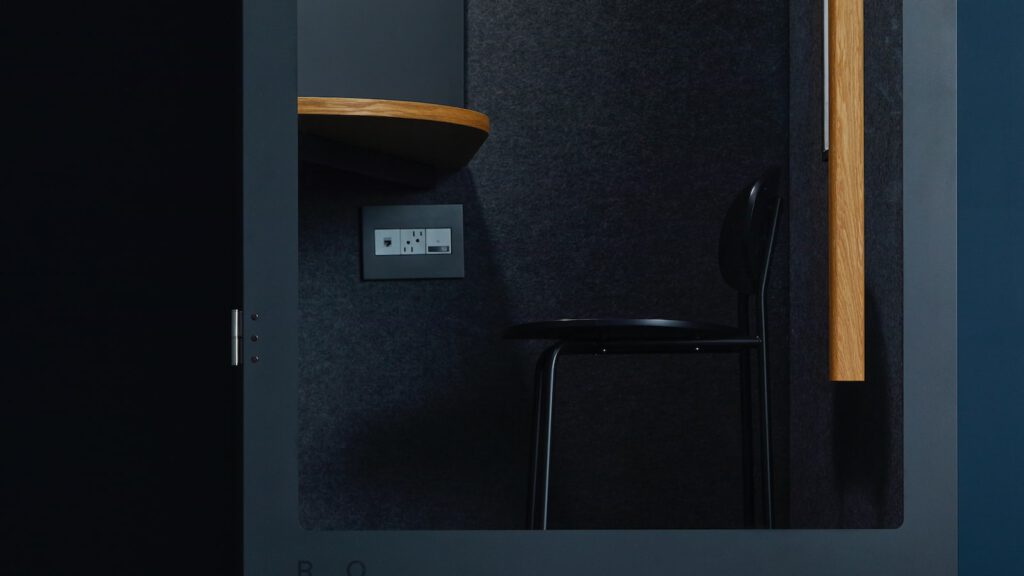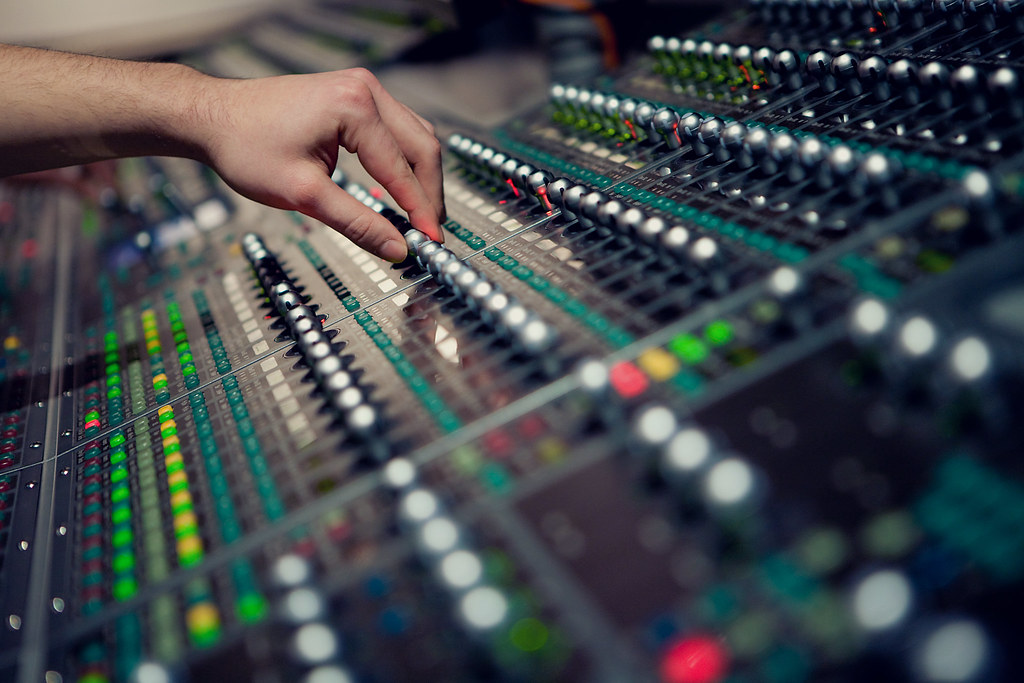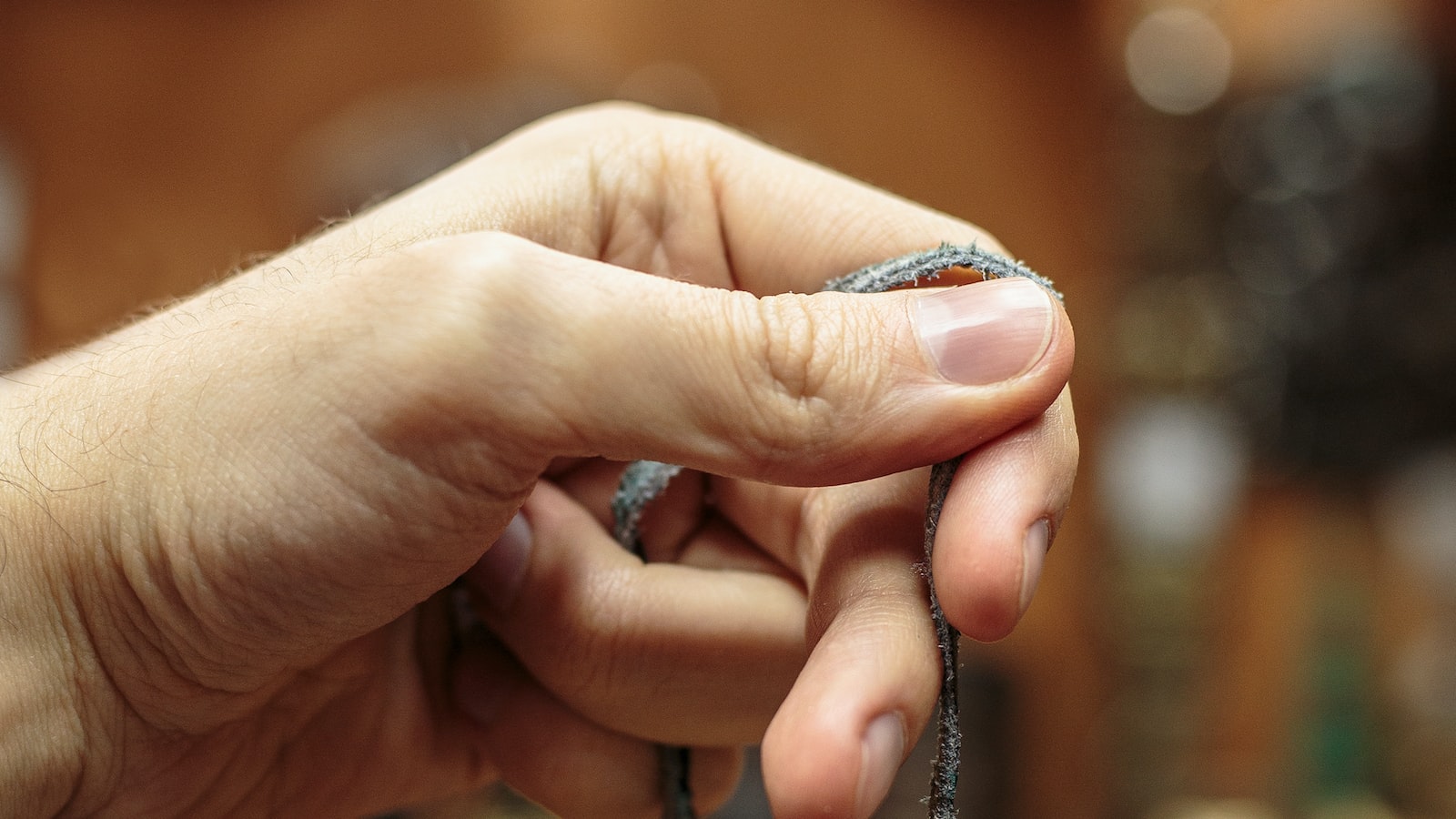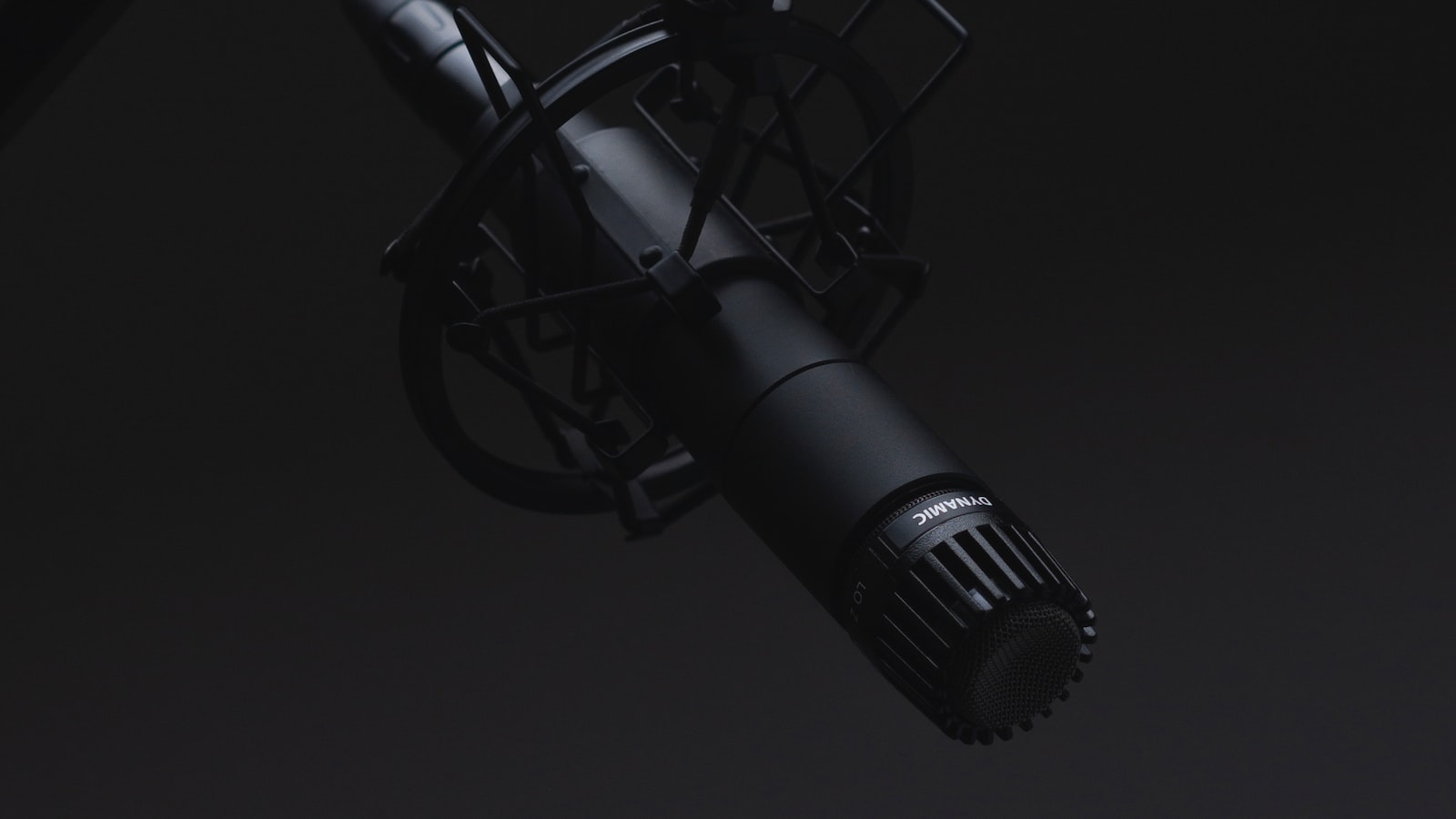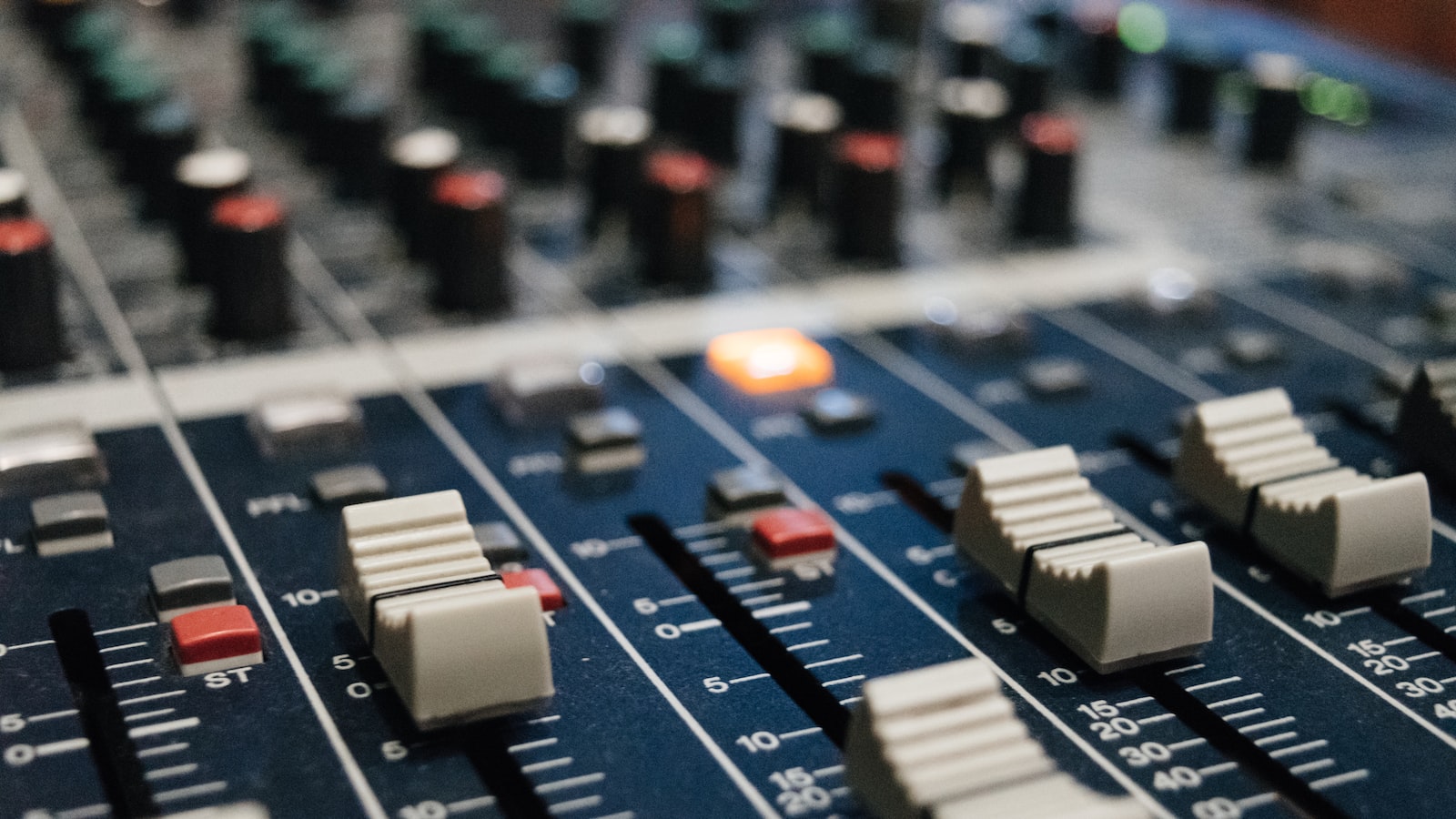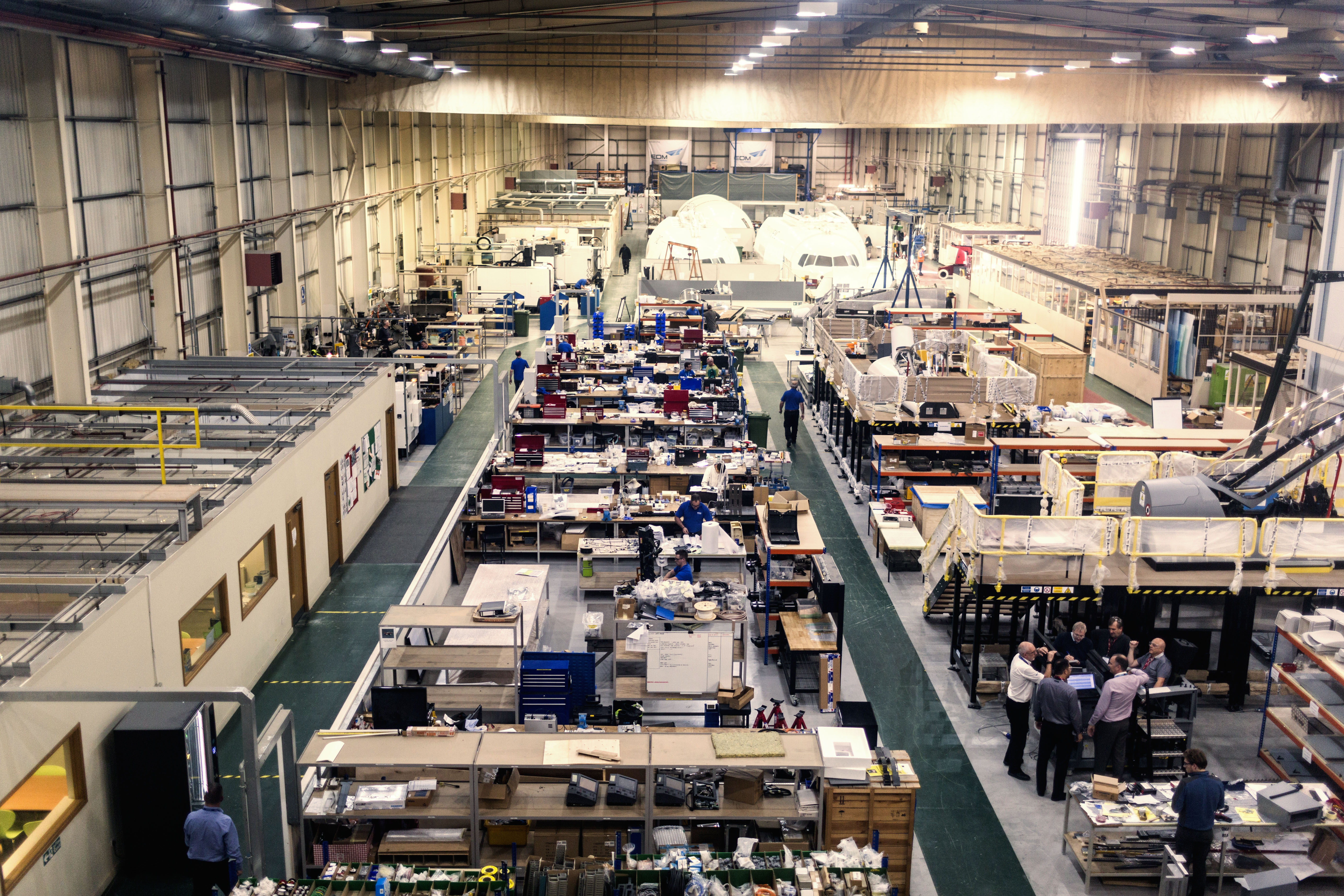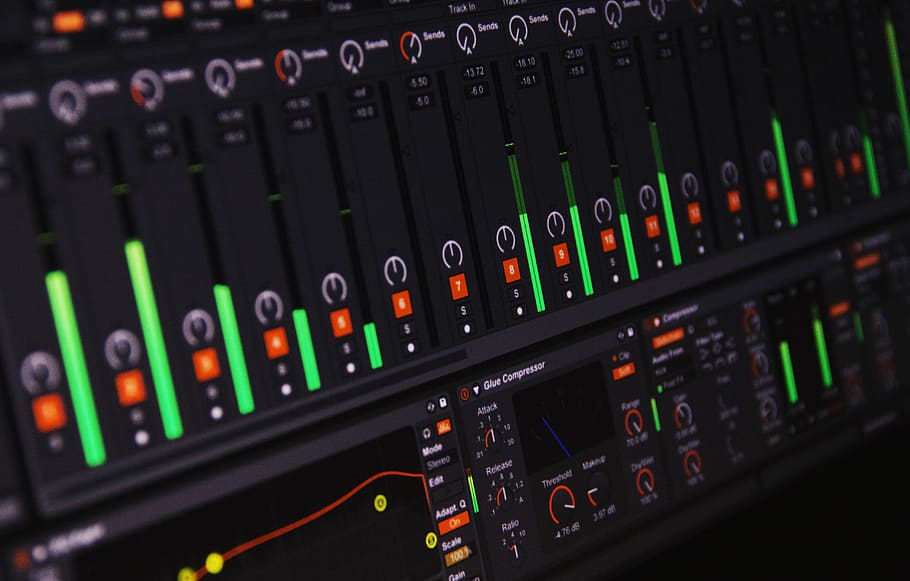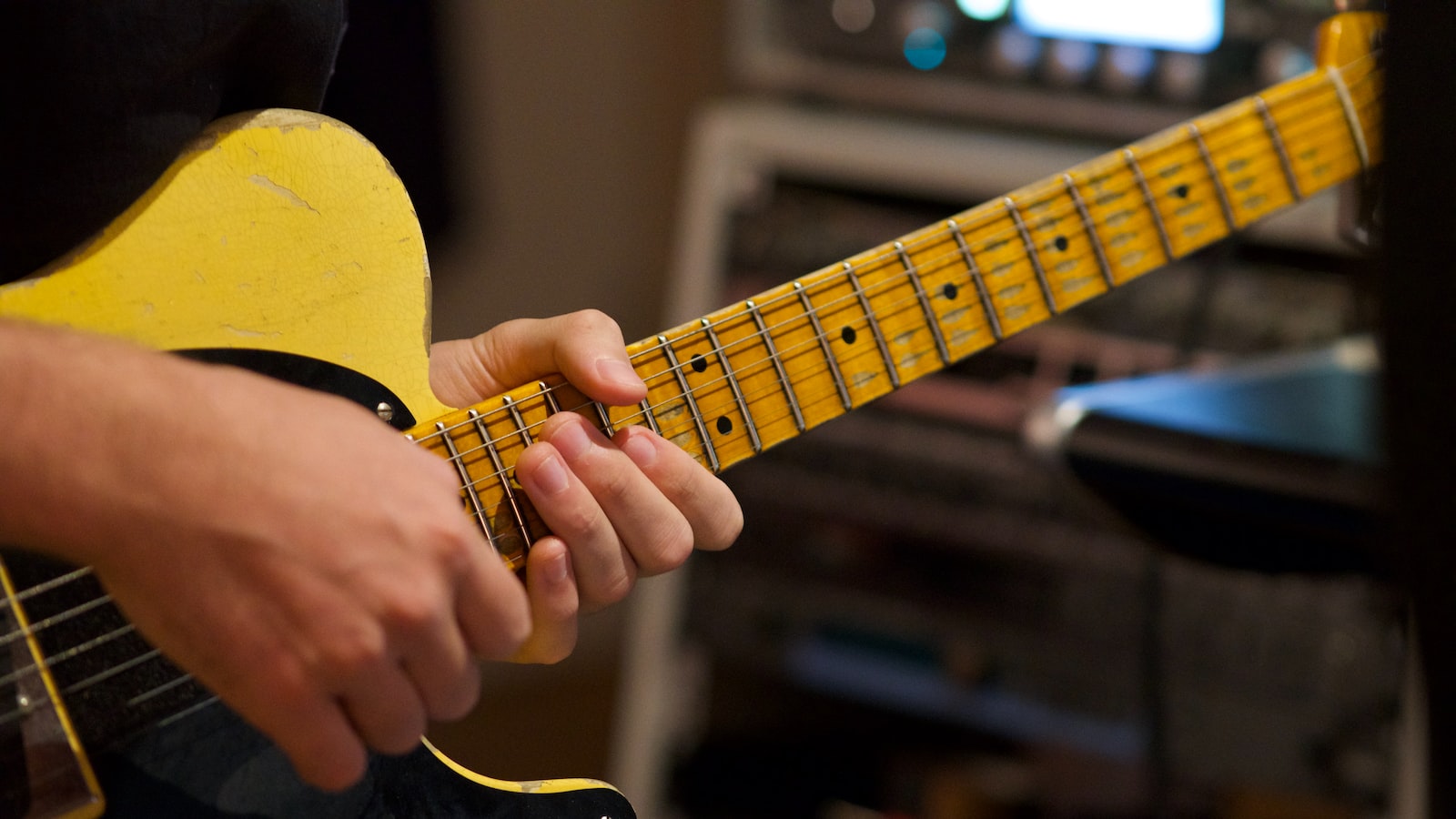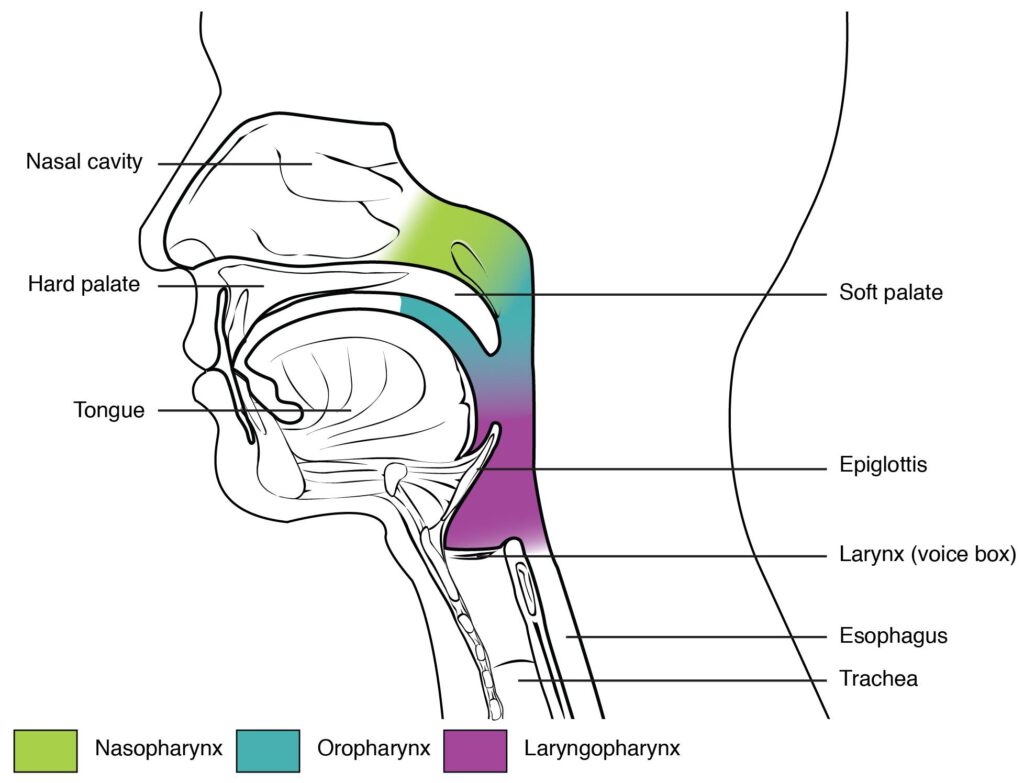
What are the key elements of a successful vocal production in electronic music?
From pop to dance, the wet and distorted sounds of electronic music take center stage in music production. But, of course, they need to be carefully balanced with a distinctive vocal performance. Have you ever wondered what the key elements are for a successful vocal production in electronic music? Well, this article dives into that debate, taking a look at the foundations to creating a memorable vocal sound.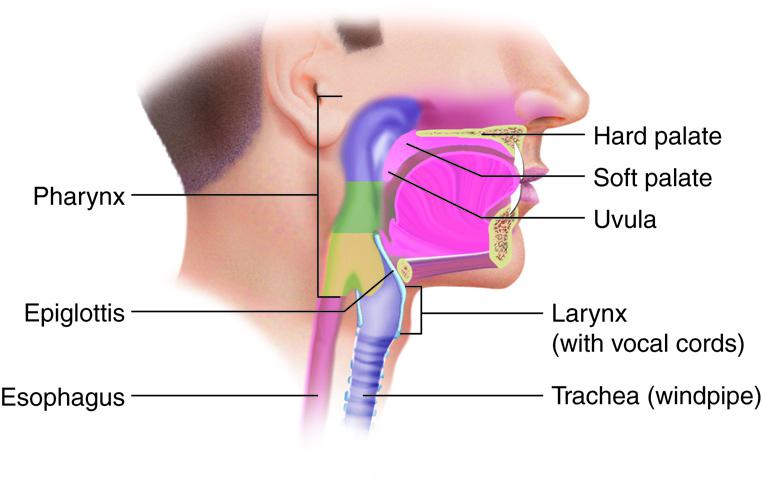
1. Techniques for Crafting a Great Vocal Production
Classical Microphone Recording
Many classical vocalists still prefer using a microphone in a recording studio. When selecting a microphone for recording a vocalist, it’s important to consider the size of the performance space. Vocalists tend to respond differently to low and high frequency sounds. A condenser microphone is usually the best choice for capturing sharp, bright sounds. It’s an excellent choice for capturing searing, dramatic vocals. Additionally, it tends to pick up subtleties in a singer’s performance and emphasizes texture and emotion in their voice.
Live Mixing Techniques
Live mixing is a great technique to use when recording vocals. It allows for a producer to adjust the levels of the vocal track live and in real time as the vocalist is performing. This helps create a more controlled and dynamic vocal performance. Additionally, producers can use EQ and other effects to fine-tune the sound of the vocal track. Live mixing also allows for vocalists to get feedback from the producer as they record their performance, making it easier for them to perform at their best.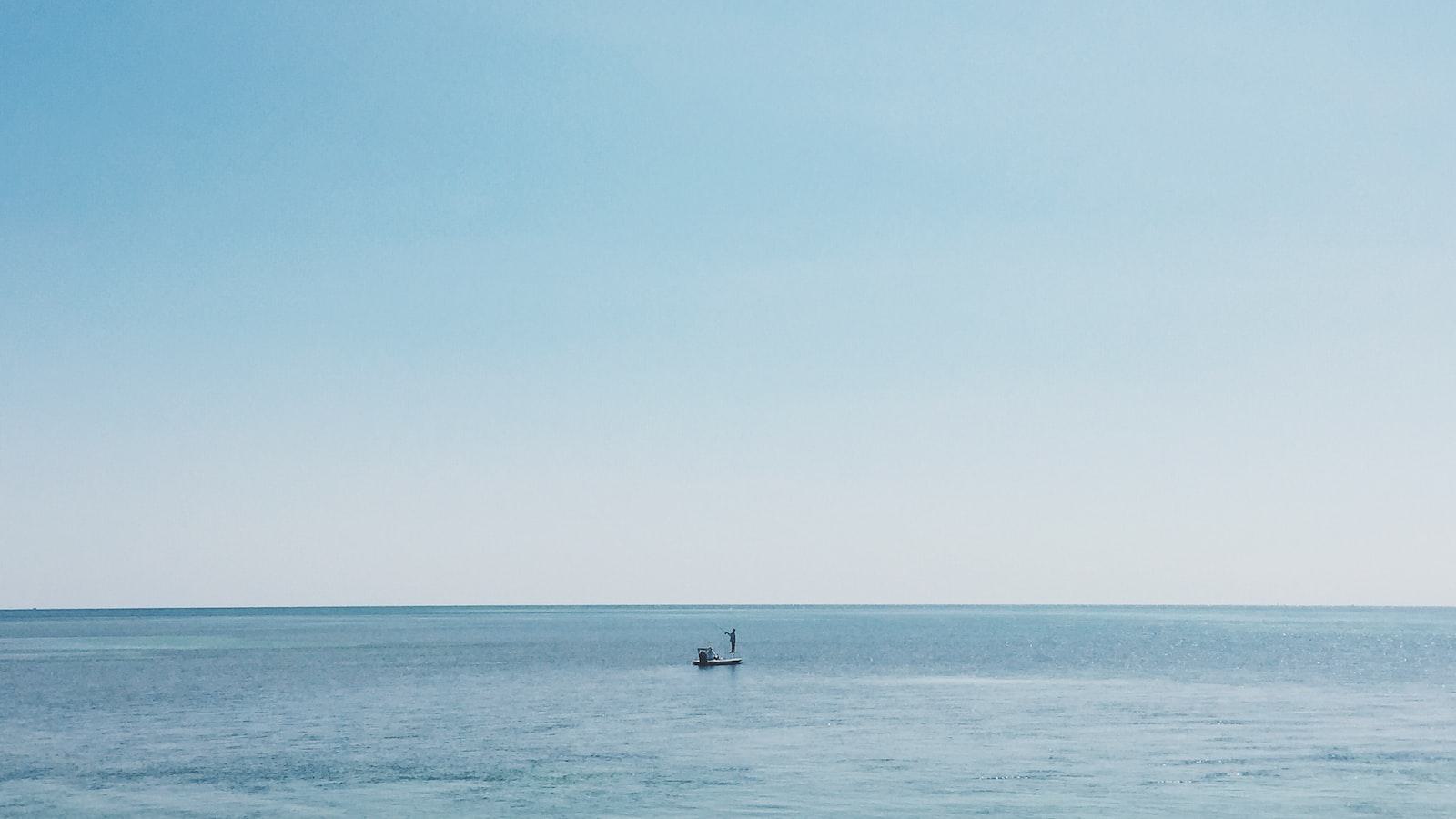
2. Establishing a Clean and Balanced Tone
The tone of any conversation reflects the values of the people involved. Whether it’s a one-on-one exchange, a meeting with colleagues or an entire office building, the tone of your work environment can affect how people feel and how productive they are. Establishing the right balance is key.
- Set the Tone Early – Establish a tone of respect and professionalism right from the beginning. All people need to feel welcome and included. Make sure your team leaders always lead by example, embracing a constructive and non-judgemental attitude.
- Create Protocols - As part of creating a balanced and productive atmosphere, make sure there are protocols in place for handling disputes, criticisms and any form of bullying. Auctions and discussions should be held with respect.
- Demote Unpleasant Consequences – If an issue arises, take measures to quickly de-escalate. For example, set up a mediation process to help resolve conflicting issues, or take measures to make sure the employees’ rights are respected.
- Promote Positive Values – Actively focus on promoting positive values in the work environment. This includes values such as respect, integrity, loyalty, collaboration, and inclusivity.
When setting the tone for a professional workspace, always prioritize the use of encouraging words and actions. Remember that everyone will perceive and interpret communication differently, so be sure to use language that is clear and non-judgemental. Overall, a clean and balanced tone must be built on trust, collaboration, fairness, and respect for others.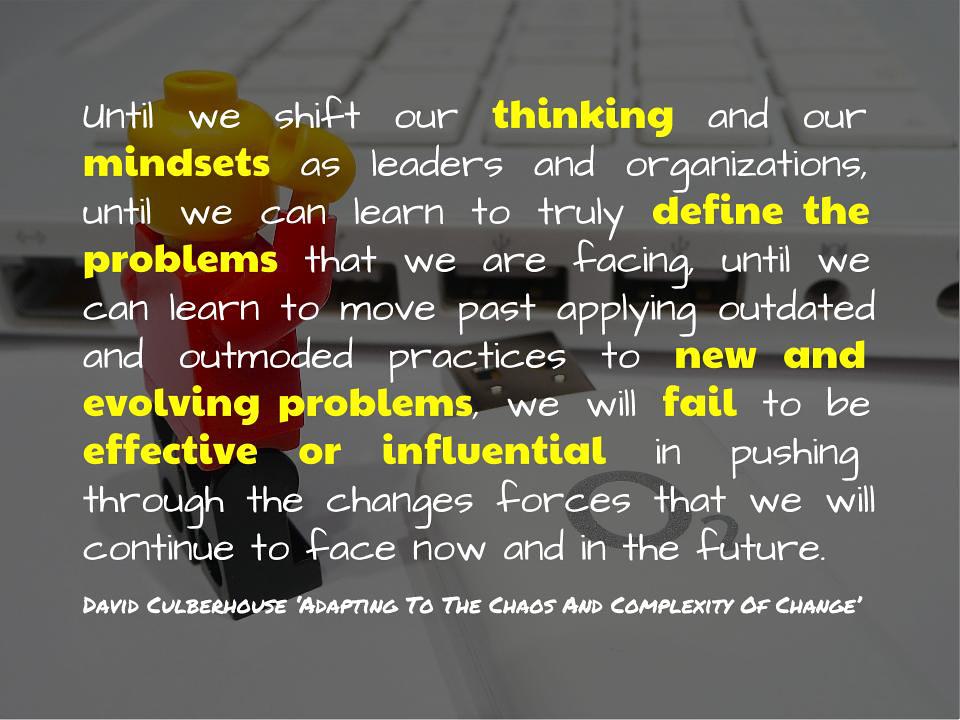
3. Adapting to Different Genres and Styles
When it comes to writing, there is no “one size fits all” approach. As a writer, it’s important to be able to adapt to different genres and styles. What works for a horror story may come across as overly dramatic for a heartwarming romance novel. Knowing the conventions of different genres and being able to adjust your writing to tailor them is vital.
Here are a few tips for adjusting your style and tone for different genres:
- Do Research:Learn as much as you can about the genre you’re tackling. Read successful examples, and learn the structure and tone that works best.
- Focus On Dialogue: As you research, make sure to pay attention to how dialogue is written in different genres. Enhance your writing by finding the right balance between narration and dialogue.
- Try Different Perspectives: Get an understanding of the genre’s perspective. Are you writing third person-limited? First person past tense? Varying sentence construction and tense will go a long way in helping you convey right tone and style.
By understanding the conventions of different genres, you can craft engaging and unique stories that readers will relate to. Being flexible and adaptive in your writing will help you capture the audience and transport them into the world of your story.
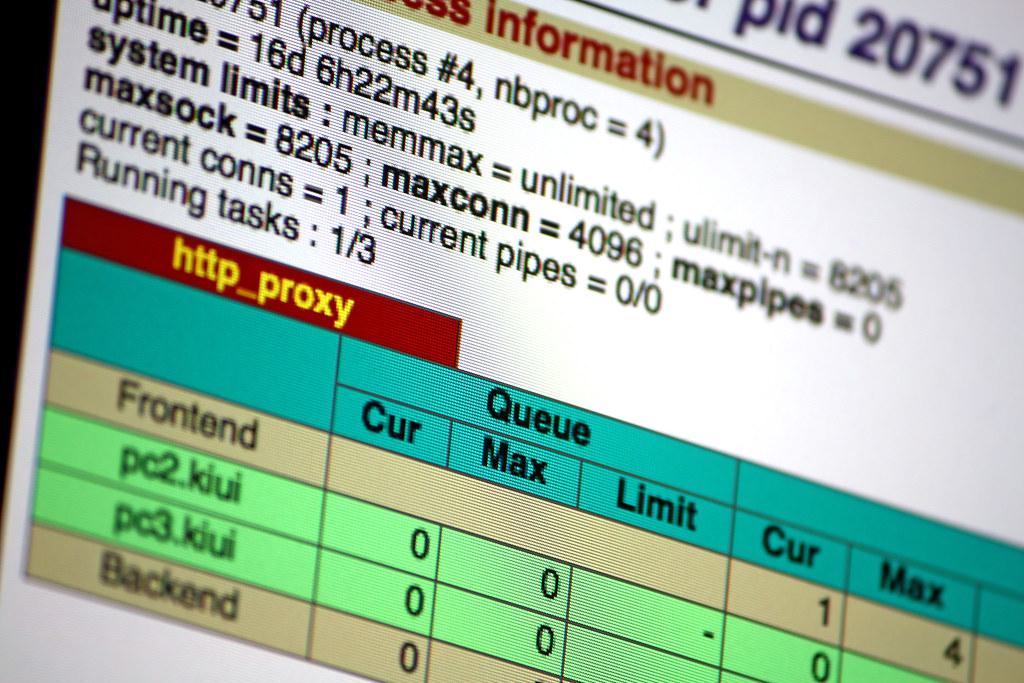
4. Fine-Tuning and Mixing for Maximum Impact
The fourth step in your post-production journey is . It is during this step that you will adjust the sound of your audio to enhance its impact on your listeners. Here are some elements to consider when finalizing the audio mix for your project:
- Equalization: Adjust the balance of frequency bands to affect the overall sound.
- Compression: Control the dynamic range to make the sound louder and more consistent.
- Reverb: Use effects to create a desired ambience.
- Automation: Make changes to volume, panning, and other parameters over time.
Although mixing and fine-tuning can be time-consuming, it is a key factor in determining the success of your project. Listen carefully to the adjustments you make, and trust your ears to guide your decisions. A well-crafted audio mix can make the difference between a project that just works and one that really stands out.
To Conclude
In conclusion, a successful vocal production in electronic music requires a combination of many distinctive elements: creative sampling, sound reduction, delay/echo, and various sound treatments. These key elements, used correctly, can help you create powerful vocal-based melodies that stand out in the ever-expanding world of electronic music. Best of luck with your productions!






